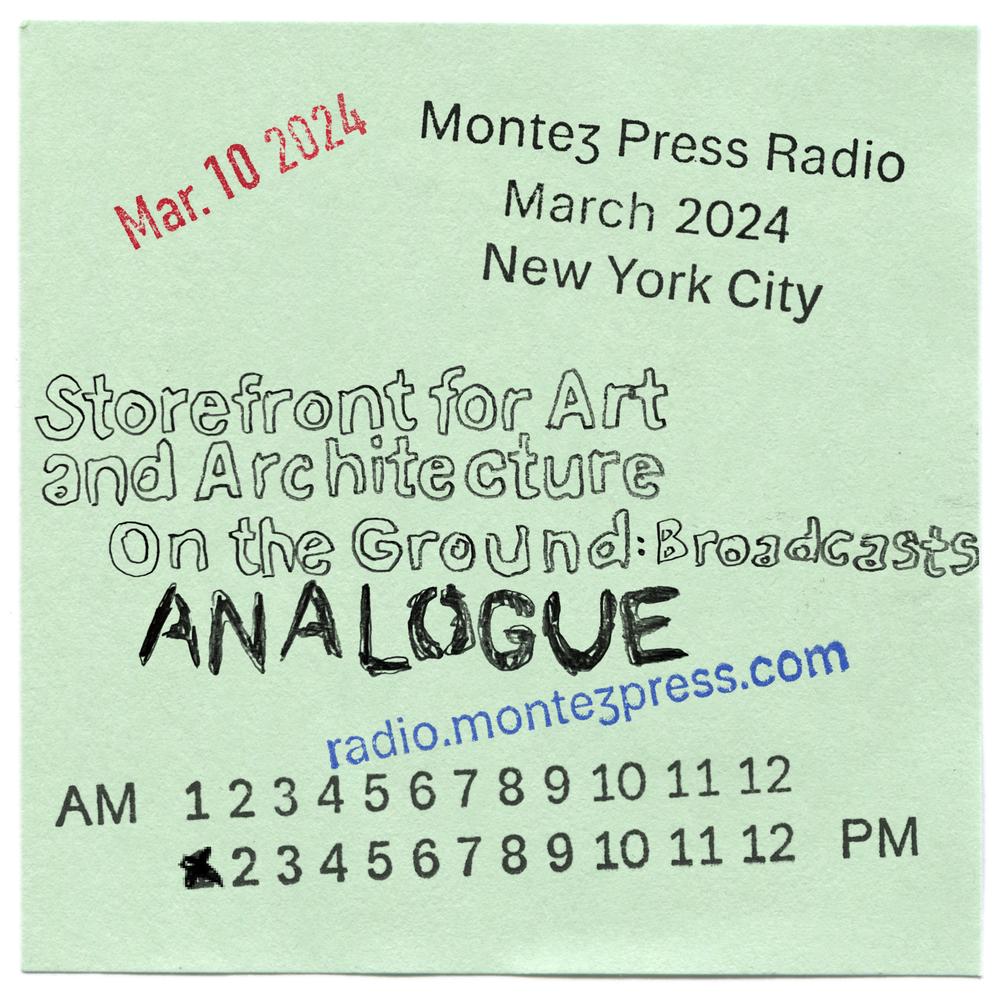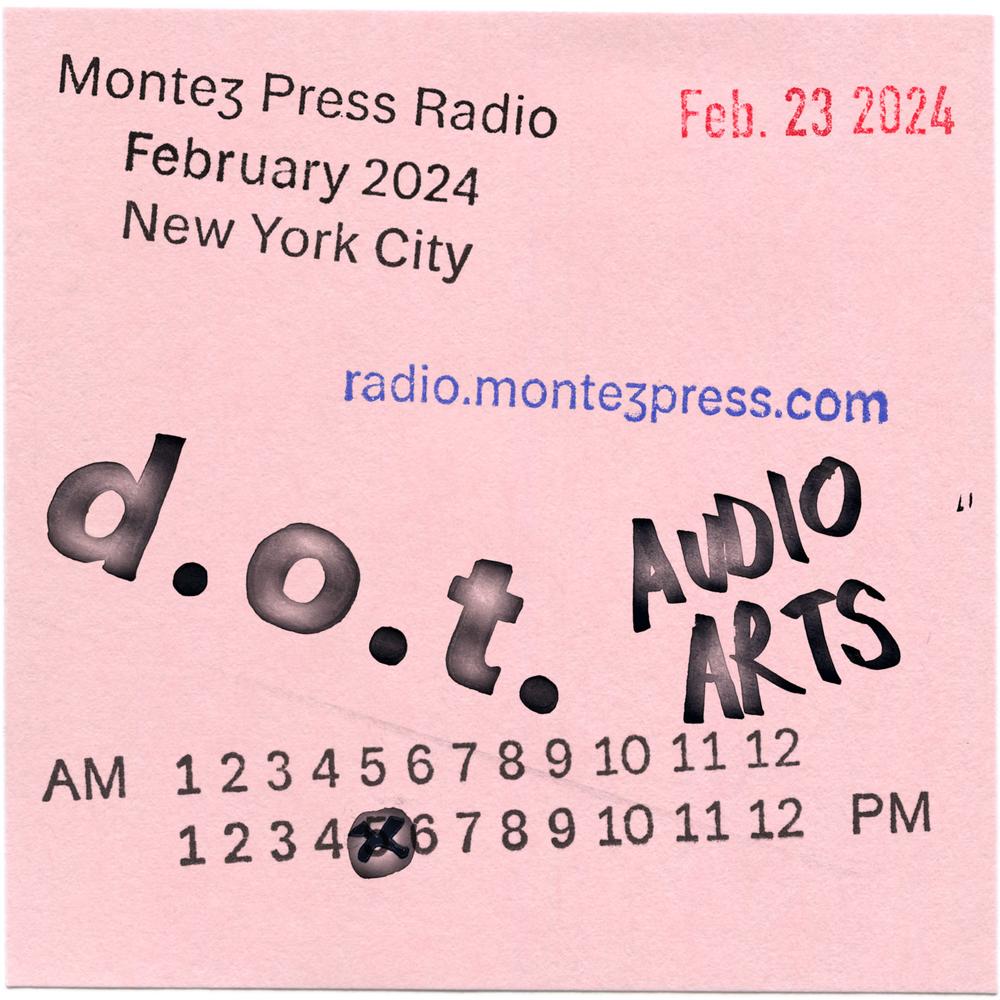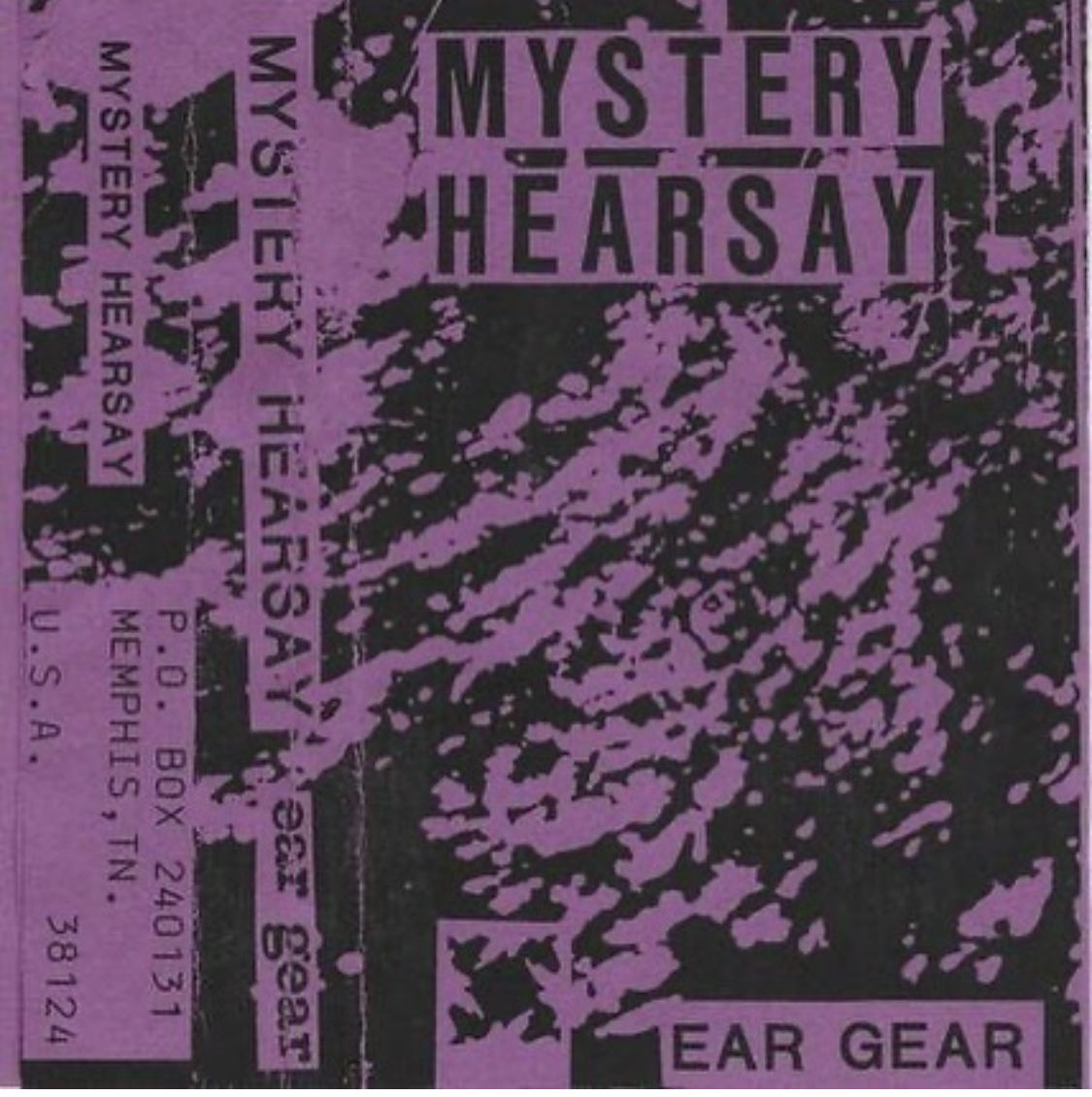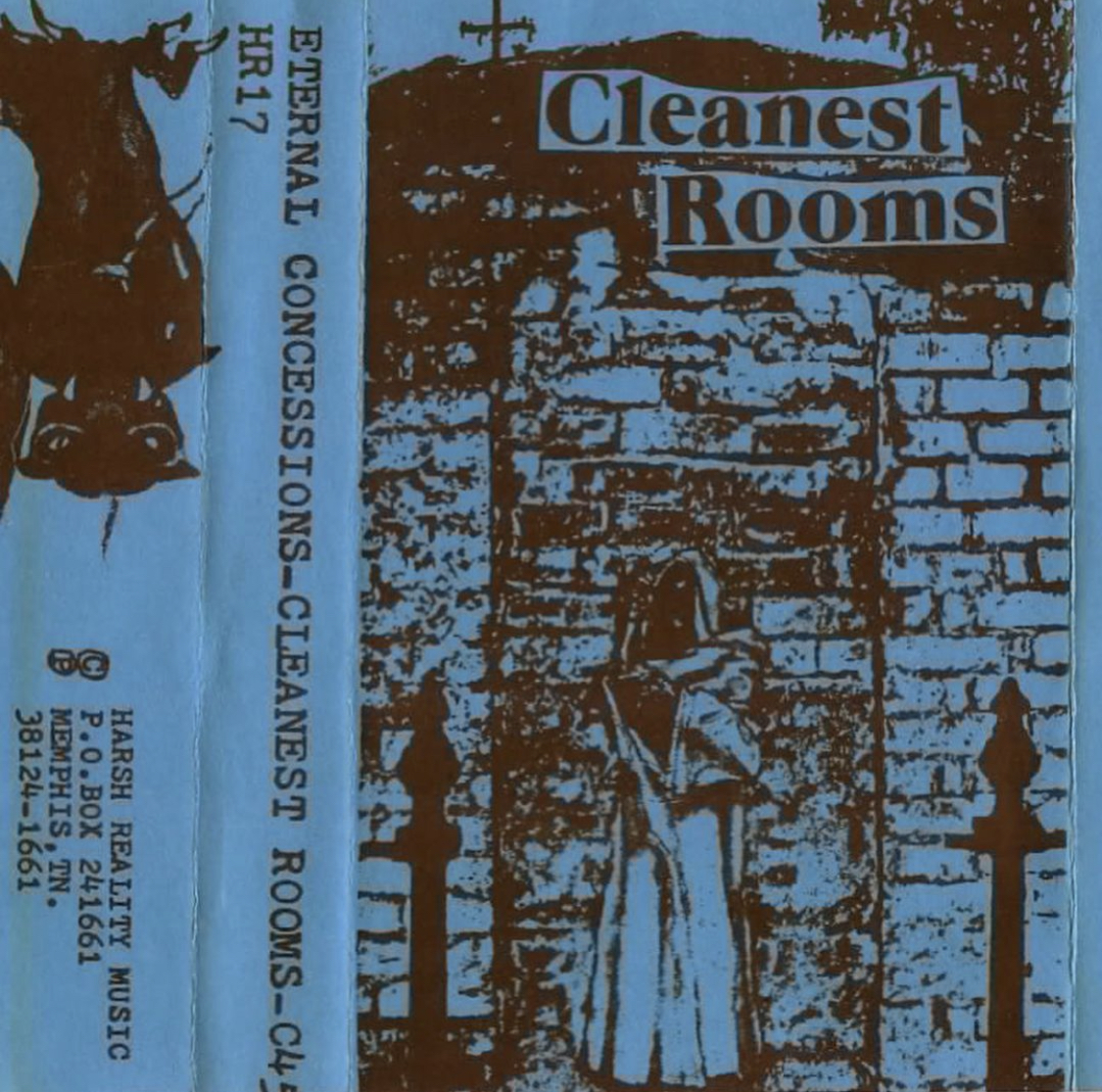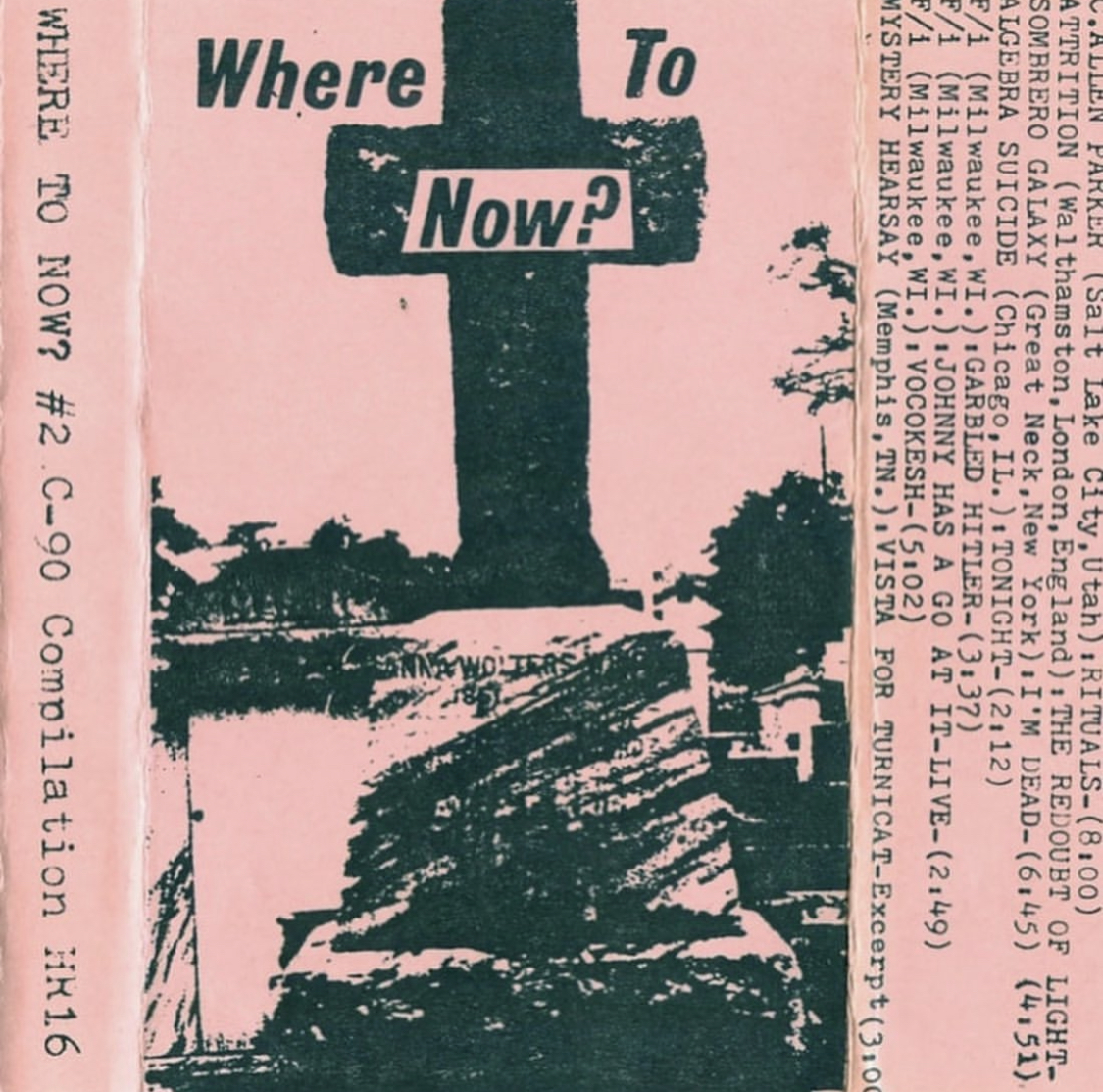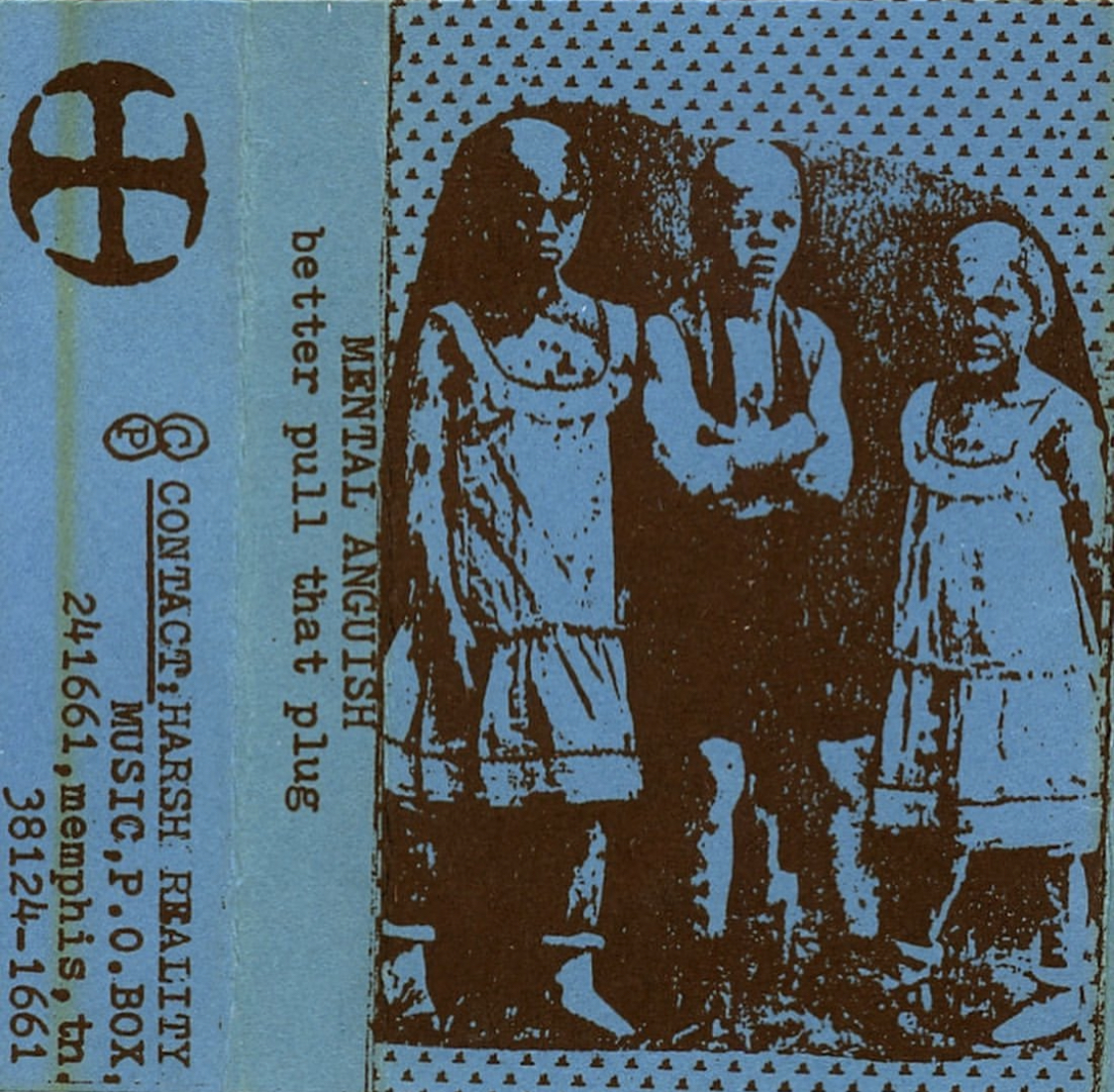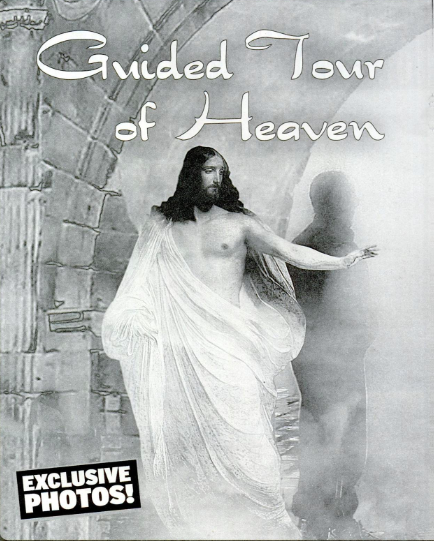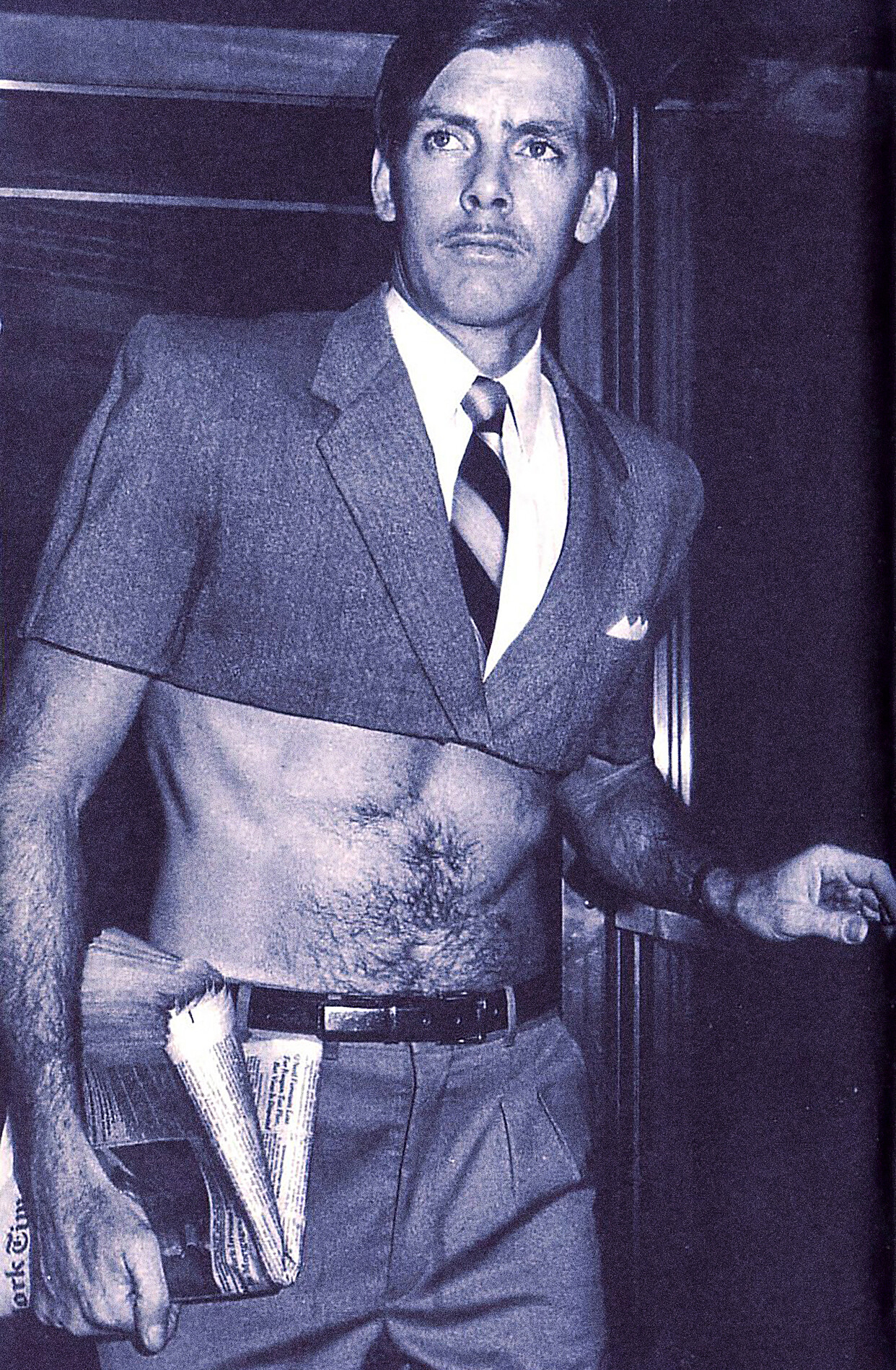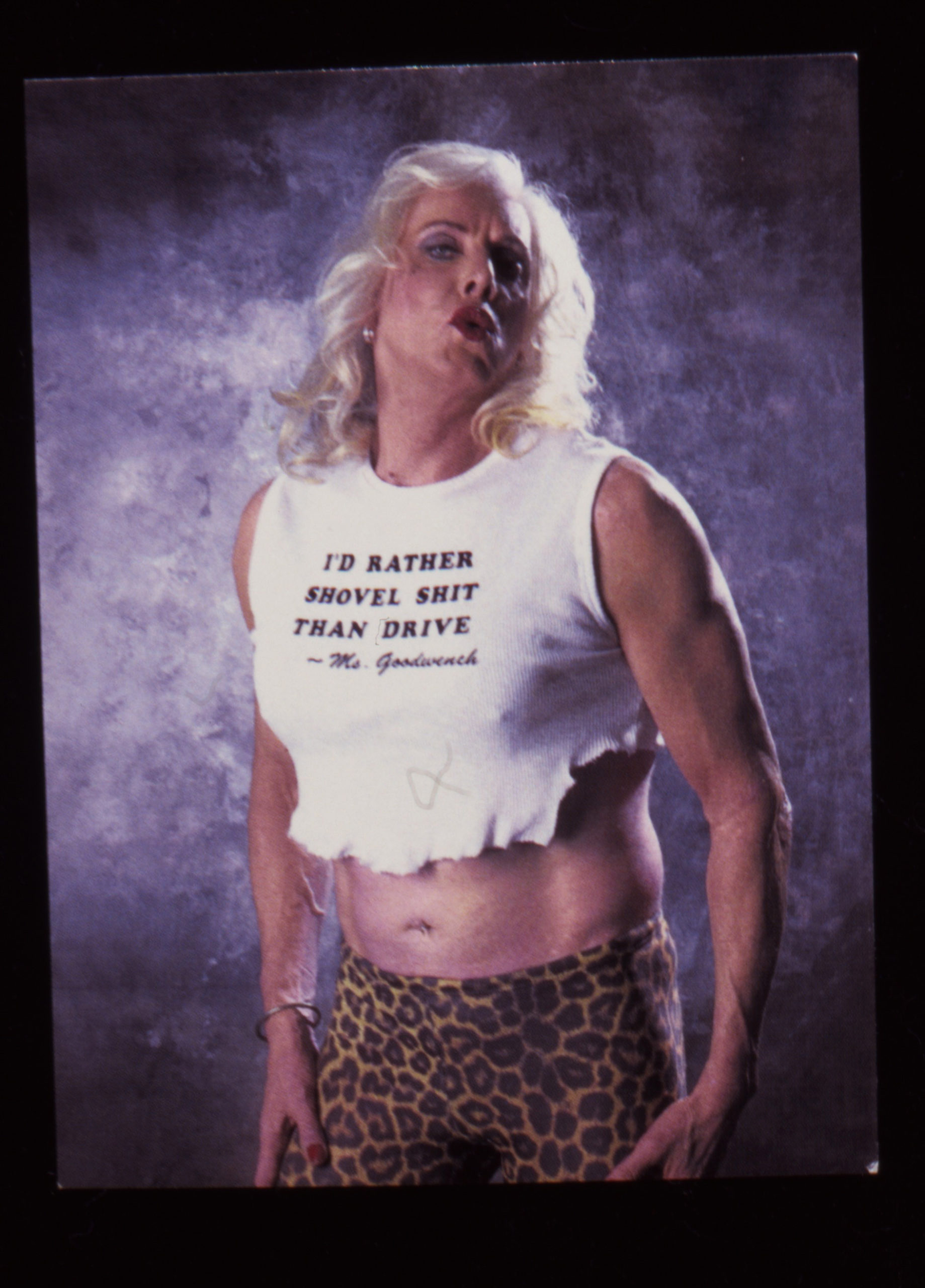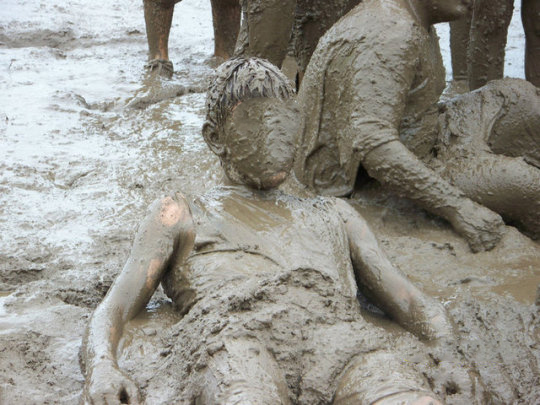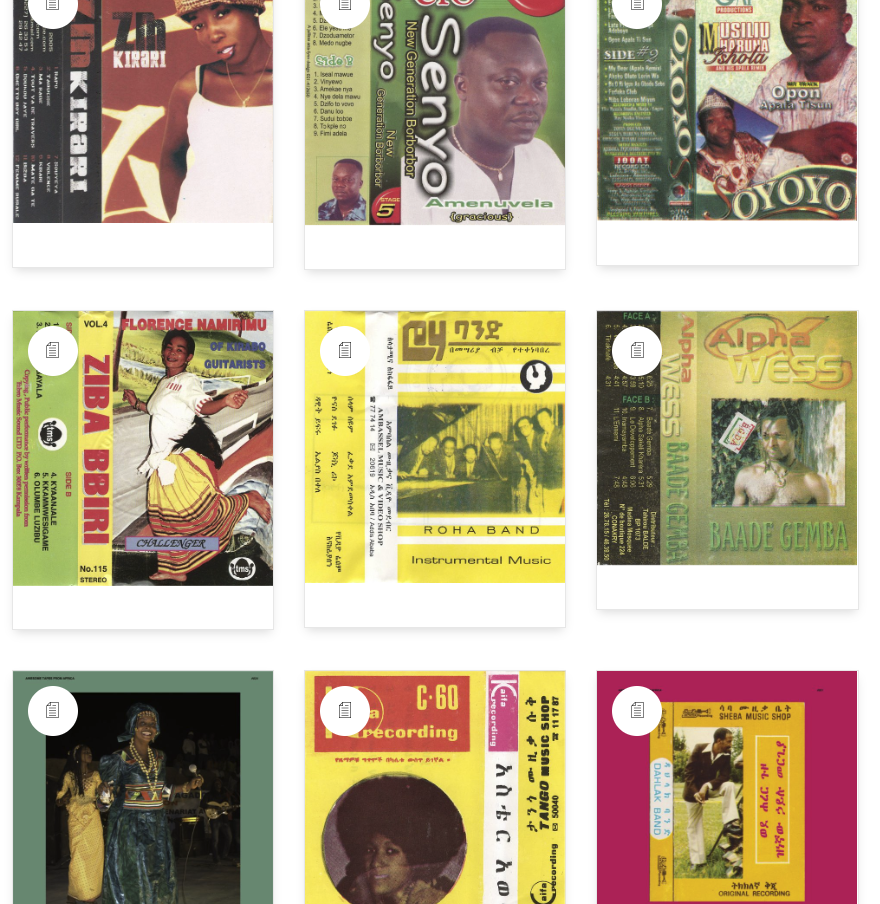Wednesday, March 20, 2024 by t l
Storefront for Art and Architecture On the Ground: Broadcasts | Analogue
From Storefront for Art and Architecture's most recent broadcast, this is the architect and curator, Ippolito Pestellini Laparelli's video RIDERS NOT HEROES: ANATOMY OF A DELIVERY.
This short film dissects the multiple realities that collide throughout the duration of a food delivery: a complex system where bodily, chemical, and synthetic regimes are entangled in a short time frame, collapsing the acts of ordering and delivering. Two apparently frictionless gestures mark the extremes of a hidden anatomy, mirrored in the social separation and yet shared condition between customers and riders. Both are precarious, exhausted bodies. Both are cogs in the greater delivery industry.
The rest of the episide, which covers supply chains, Amazon's mechanical turks, the gamification of manual labor, the legacies of fordlandia, the physical wake of online shopping, and much more can be found in the archive ➚here ---> Storefront for Art and Architecture On the Ground: Broadcasts | Analogue
Monday, March 18, 2024 by DJ Uncertain #music
ZONKED with D.O.T. Audio Arts and Harsh Reality
We're happy to announce D.O.T. Audio Arts aka African American Sound Recordings aka Gavin is a guest curator at MPR. The first in a series of shows he's organized is a deep excavation of the Harsh Reality Music label from his native city of Memphis.
Listen to it ➚here --->
In his words, the show is "...a peek into the exploded world of seminal yet underrated experimental cassette label Harsh Reality Music.
HRM (helmed by Chris Phinney) started in Memphis, Tennessee in the 80s as a progressive offshoot of the punk minded zine Malice. Seemingly forgotten within the crypts of Memphis lore, Harsh Reality Music meticulously weaved together an international network of bedroom sound artists, noise musicians, sonic poets, punks, and zonkers.
With the recent passing of underground figure Mike Honeycutt, we’ve since revisited the enormous catalog of HRM with focus on Mystery Hearsay’s contributions as well as Honeycutt’s label releases through Mystery Hearsay & Total Recess. Tune in for deeply fried audio from Mental Anguish, Mystery Hearsay, Eternal Concessions, Big City Orchestra, and more."
You can find full issue scans of Malice➚ here. The music reviews are pretty hilarious.
Find more from D.O.T. Audio arts ➚here.
Thursday, February 1, 2024 by DJ Uncertain #music
God is, God is, God is...
This variety-show, mixed from rare vinyl and cassettes, highlights the strange and salvific sounds of American religion. Selections include bible-thumping hair metal; warbling New Age mantras; slide guitar from a demon exorcist; Mormon folk ballads; square-dancing Sufis; smooth R&B by a jailed cult leader; Jesus Freak psychedelia; ethereal tunes for UFOs; country crooning from televangelists; and more.
Sam Kestenbaum is a journalist who covers religious life in America for The New York Times, the Washington Post and elsewhere. In 2023, he was the recipient of the Wilbur Award for magazine-writing and prizes from the American Academy of Religion and the Los Angeles Press Club.
Listen Here:
Tuesday, January 30, 2024 by Montez Press Radio #art
A Long History of Kinks
Octogenarian and self-described “senior slut,” Garner’s lusty practice spans mail-order catalogs, classified ads, garments with cutouts, custom cars, tattoos (a red-and white bra, blue G-string crotch—pushed aside, ready for action—waistband stuffed with Monopoly money), and performances on the streets and on television. From the early aughts to the present, as Garner’s vision has waned, she has maintained a practice of producing a t-shirt a day, using iron-on letters to tinker with popular phrases in ways that reclaim their lusty potential and thumb her nose at assimilationist narratives.
Pippa Garner originally trained as a car designer, but was kicked out of the ArtCenter College of Design’s transportation design program in 1969 for presenting a car morphing into a human body. Undeterred by her expulsion, Garner conceived of her first major car work in 1973, Backwards Car, a 1959 Chevy with its exterior rotated 180 degrees so it appeared to face the wrong way as it drove. In a gesture at once daredevil stunt and conceptual probe, Garner scaled San Francisco’s Golden Gate Bridge in the work. In the mid-eighties, Garner began gender-hacking with hormones—a process that she considers a conceptual artwork—marking an extension of her practice from twenty years of altering cars, garments, and consumer products to using her own body as raw material. Much of her work has been in infiltrating mass media, from classified ads to the Tonight Show Starring Johnny Carson.
Listen to an old segment where Fiona Duncan (from the video above) brought Pippa Garner on MPR here:
➚https://radio.montezpress.com/#/show/60
And recent conversation between Pippa Garner, Micaela Durand, and Sara O’Keeffe here:
➚https://radio.montezpress.com/#/show/3193
Tuesday, January 23, 2024 by DJ Uncertain #music #poetry
MUD
Music and the occasional poem, for the slow and the groggy -
MUD
Poets in order of reading:
David Lindsay
Christian Michael Filardo
Amanda Jasnowski Pascual
Aasir Cherot
Whitney Mallet
Wayne Koestenbaum
Seashell Coker
Lori-may Orillo
Composed by John Garcia.
Tuesday, January 23, 2024 by DJ Uncertain
Awesome Tapes From Africa
➚Awsome Tapes From Africa collects and reissues some of the best music that might otherwise be lost to ears outside it's region of origin. Listen to this playthrough of a new release from Hailu Mergia, one of my favorites on ATFA here, and some chit chat with the man himself. Live from Pioneer Works' Press Play media fair:
➚https://radio.montezpress.com/#/show/3227
Tuesday, January 23, 2024 by DJ Uncertain #translation #art #poetry #justice
Hélio Oiticica's Secret Poetics
Between 1964 and 1966, in the first years of Brazil’s military dictatorship, Hélio Oiticica wrote a series of lyrical poems, entitled Secret Poetics, and reflected in a private notebook on their significance for his artistic practice. Despite his global fame as a founder of the interdisciplinary movement known as neoconcretismo, his collaborations with major Brazilian artists and writers (Lygia Clark, Lygia Pape, Ferreira Gullar, etc.), and his influence across a range of disciplines (including painting, film, installation, and participatory art), Oiticica’s “secret” poems are almost unknown and have never been published as a collection. This edition, which features the original texts in facsimile reproductions along with English translations and accompanying essays by translator Rebecca Kosick and critic Pedro Erber, uncovers the significance of poetry to Oiticica’s thinking on participation, sensation, and memory. The first English-language translation of the “secret” poetry of Hélio Oiticica uncovers a crucial chapter in the development of one of Brazil’s most significant twentieth-century artists
This event features a presentation and reading by the book's editor and translator, Rebecca Kosick, followed by a conversation between Kosick and pioneering Oiticica scholar Irene Small. Listen to it on MPR here:
